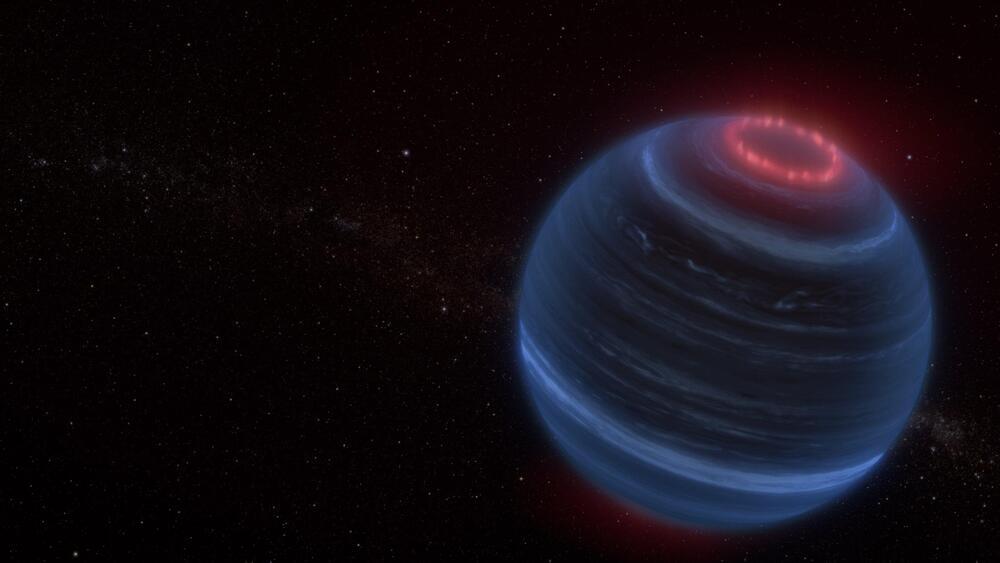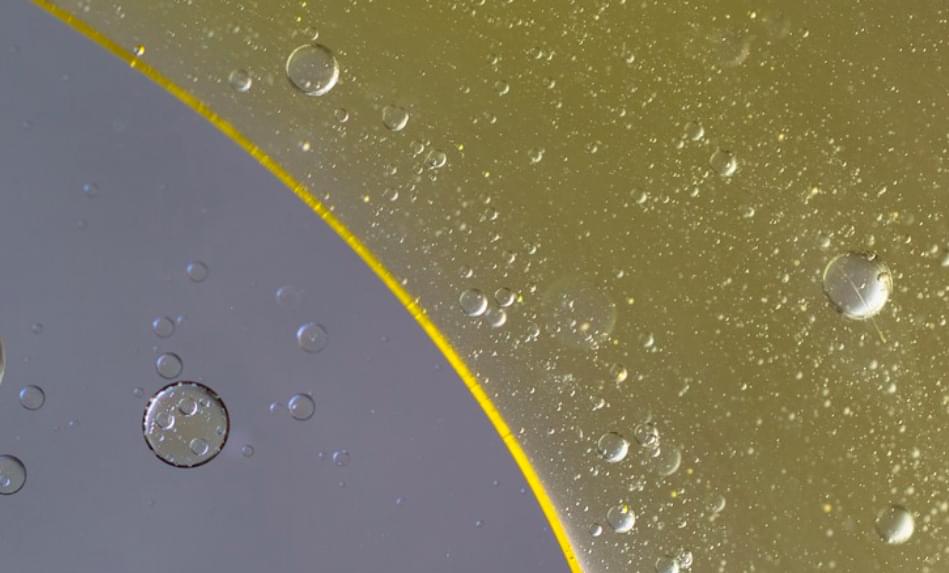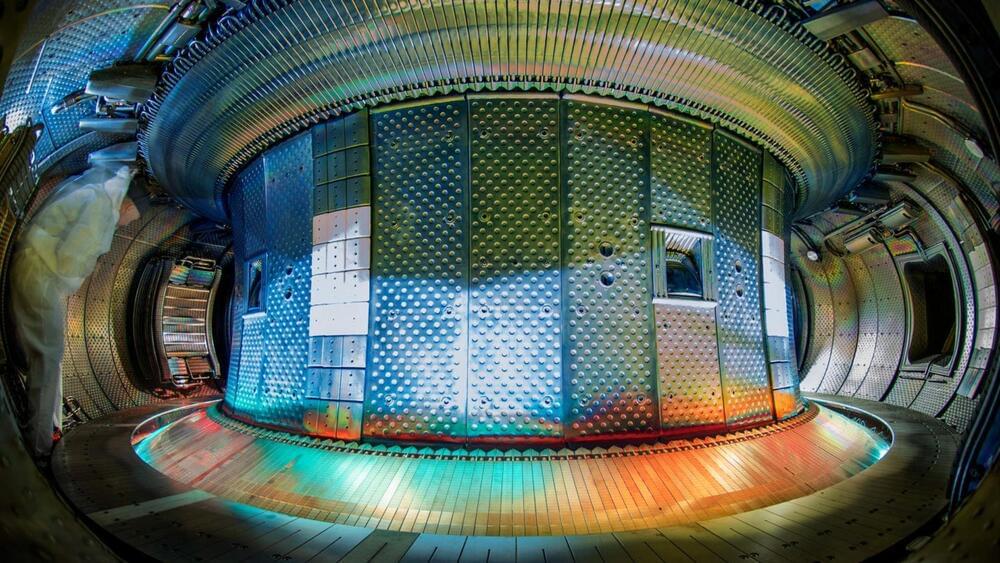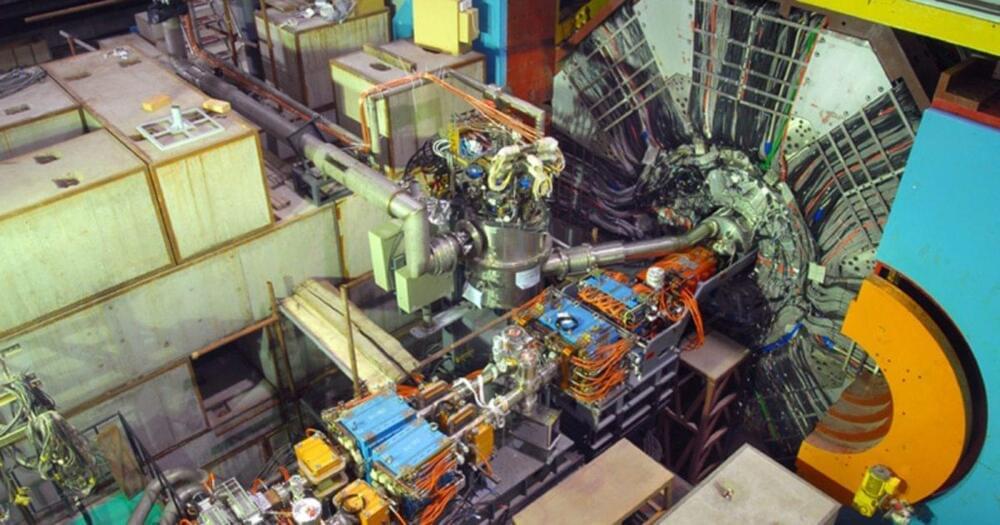May 7, 2024
James Webb Space Telescope Data Pinpoint Possible Aurorae on an Old Brown Dwarf
Posted by Natalie Chan in categories: education, space
Using new observations from the James Webb Space Telescope (JWST), astronomers have discovered methane emission on a brown dwarf, an unexpected finding for such a cold and isolated world. Published in the journal Nature, the findings suggest that this brown dwarf might generate aurorae similar to those seen on our own planet as well as on Jupiter and Saturn.
More massive than planets but lighter than stars, brown dwarfs are ubiquitous in our solar neighborhood, with thousands identified. Last year, Jackie Faherty, a senior research scientist and senior education manager at the American Museum of Natural History, led a team of researchers who were awarded time on JWST to investigate 12 brown dwarfs.
Among those was CWISEP J193518.59–154620.3 (or W1935 for short)—a cold brown dwarf 47 light years away that was co-discovered by Backyard Worlds: Planet9, citizen science volunteer Dan Caselden and the NASA CatWISE team. W1935 is a cold brown dwarf with a surface temperature of about 400° Fahrenheit. The mass for W1935 isn’t well known but it likely ranges between six-to 35-times the mass of Jupiter.

















